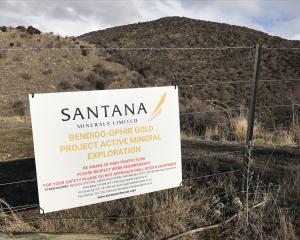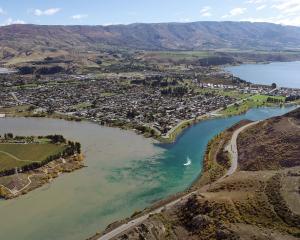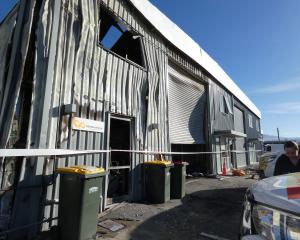
Although the pupils and teachers use the building, the Ministry of Education doesn’t own it. The owners are an investment company headquartered in Guernsey.
The school is an example of a public-private partnership, or PPP.
These arrangements are back on the table with the new government. The aim is to bring private investment money and commercial skills into solving the country’s infrastructure problems.
PPPs are fascinating.
Economics is about incentives. I want you to do something — do a job, provide me something. You want to get paid and make it worth your while. That means charging as much as possible while doing just enough.
How does that work for PPPs?
The idea is that PPPs harness a business’s skill at being innovative and flexible. Innovation is important in business. You figure out a new product or a new way to do something and make money on it.
For infrastructure, that could be a new building technique or new material. The Ministry just wants a school to use. The private company can experiment with different ways to build the school and use the most profitable one.
Flexibility is also important. Generally, public service employment is seen as safe and secure. In the commercial world, businesses can hire more people or let them go. They can bring in subcontractors for specific jobs. Done right, that can keep costs down.
All this innovation and flexibility isn’t free.
Private investment money is more expensive than government borrowing. The company that owns Wakatipu High School says that its return on funds since 2006 is 7.7%. New Zealand government bonds have been under 7% that whole time and are about 4.6%.
The second issue is risk. This was a major factor with Transmission Gully, another PPP. Building a road involves many risks. Bad weather means fewer days when the crew can work on the project. Problems with ground works and geology can increase engineering costs.
When a PPP encounters that kind of problem, it gets resolved with lawyers and negotiations. They become an added expense.
That’s the trade-off with a PPP. Some things cost more and others cost less. The result could be better and more innovative, but could also involve cost escalations or hidden cost-cutting.
Whether a PPP is good or bad comes down to the specific project, and we won’t know the answer until it’s all over. That’s what makes them fascinating, and a little scary.
— Bill Kaye-Blake, New Zealand Institution of Economic Research principle economist












